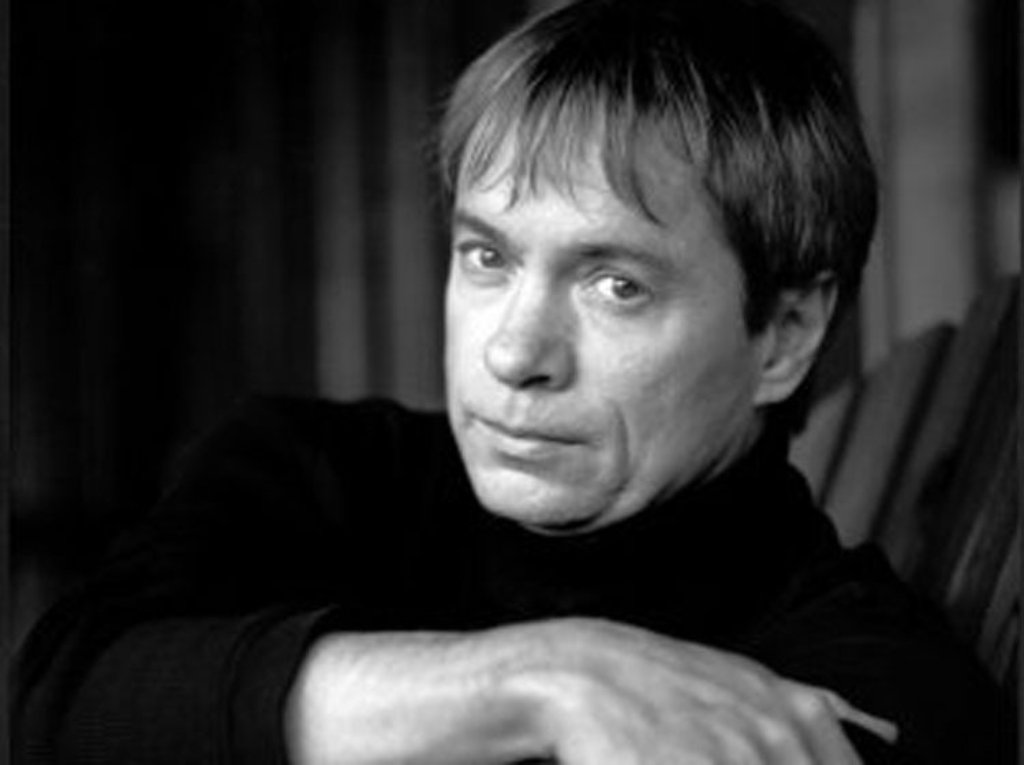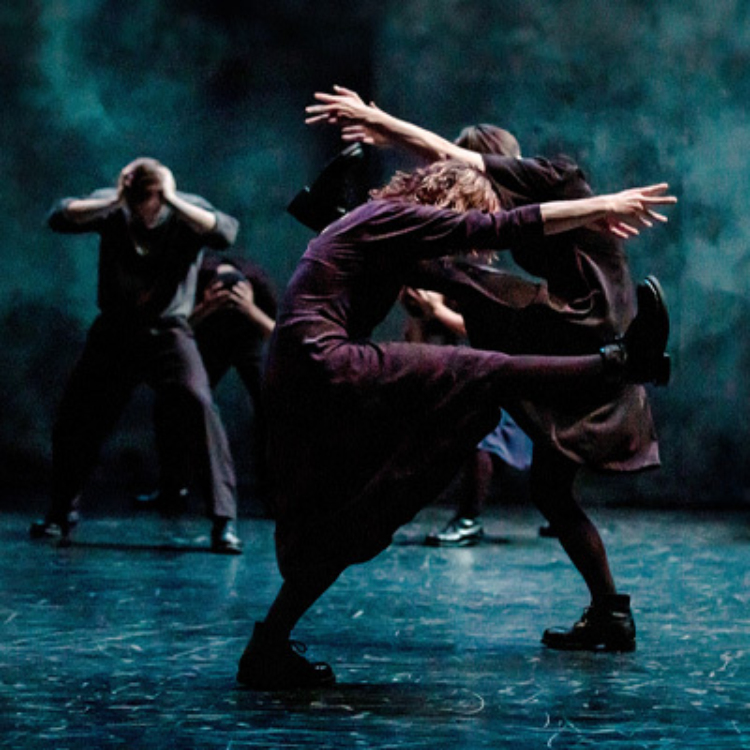Jean-Pierre Perreault

It was his encounter during the late 1960s with Jeanne Renaud, just as she was about to establish Le Groupe de la Place Royale, that led Jean-Pierre Perreault to dance. From there, things moved quickly as he acquired basic technical training at the school of Le Groupe de la Place Royale, joining the company in 1967 at the age of twenty. In 1971, he became co-artistic director of the company with Peter Boneham, and began what would prove to be a prolific career as a choreographer.
Between 1969 and 1983, Perreault travelled extensively in Europe, Asia and Africa developing interests in architecture, traditional dance, and the sacred arts. He explored the influence of dress and society on choreography and dance vocabulary. Moving beyond the world of dance, Perreault was also interested in the visual arts, learning from artists such as Marcelle Ferron, Fernand Leduc, Françoise Sullivan, Gilles Tremblay and Serge Garant who gravitated around Le Groupe de la Place Royale during this period.
This privileged milieu informed Jean-Pierre Perreault’s holistic approach to the creative process where choreography is intrinsically linked to set design, lighting, music and costume. As a choreographer-scenographer, he believed all of these elements to be connected as part of a singular creative gesture. Between 1972 and 1981, Perreault choreographed numerous works during his tenure at Le Groupe de la Place Royale. These works reflect his global approach to the creative process-an approach that would become his unique and powerful signature as his creative vision developed over subsequent years.
In 1981, Jean-Pierre Perreault struck out on his own. He became artist-in-residence at Simon Fraser University in Vancouver British Columbia and at the Laban Center for Movement and Dance in London England, before returning to settle in Montréal. From 1984 to 1992, he taught full time in the dance department at l’Université du Québec à Montréal. In 1984 he established his own company, the Fondation Jean-Pierre Perreault. With this new company, Perreault went on to create many major works for traditional theatrical spaces, most notably Joe, Stella, Nuit, Les Lieux-dits, Orénoque, Îles, Adieux, La Vita, Eironos, Les Années de Pèlerinage and L’Exil-L’Oubli.
Interested in the relationship between man and open space, as well as the variability of time, Perreault created in situworks such as Les Dames aux Vaches, The Highway ’86 Event and Piazza. He also created three major choreographic installations of variable duration (from three to four hours): Installation chorégraphique I: L’instinct, Les Éphémères 1997 and Les ombres -all of which isolated the spectators from each other while seated in immediate proximity to the performance space. These innovative works challenged the conventional relationship of dance to its audience. They were unforgettable installations embraced by Montréal audiences and critics alike.
In addition to creating works for his own company, Jean-Pierre Perreault accepted invitations and commissions elsewhere. In 1991, he was commissioned by Sweden’s Cullbergbaletten to choreograph a work for the official opening of their new dance hall. Flykt was considered to be “a strong and perilous work” (Dagens Nyheter, 1991). He was also invited to choreograph for Montréal Danse, Paul-André Fortier, the Chrissie Parrot dance company (Perth), Daniel Soulières, Monique Giard, Marc Boivin, Mark Shaub among others. In 2001, James Kudelka, artistic director for the National Ballet of Canada commissioned Perreault to choreograph a piece for the company. The Comforts of Solitude would be Jean-Pierre Perreault’s last major work.
Throughout his career, Perreault mediated his choreographic creative process through drawing and painting. Having developed an impressive body of visual art works, he was invited to exhibit his drawings in solo shows in New York, Antwerp, Québec, Montréal, Glasgow and Stockholm. Most of these works, as well as his sketchbooks, are now among the holdings of Bibliothèque et Archives nationales du Québec.
In 1993, the Fondation Jean-Pierre Perreault acquired a former church on Sherbrooke Street East, corner de Lorimier in Montréal as a permanent base and studio for the company. In 2001, the renovations were completed under the supervision of Jean-Pierre Perreault and architect Pierre Thibault. Since 2008, l’Édifice Jean-Pierre-Perreault has been administered by Circuit-Est, Centre chorégraphique and is at the disposal of the Québec dance community. This vital creative space is not only a testament to the vision of its founder, but also to the enduring vitality of contemporary dance in Québec to which Perreault made such an important contribution.
In 1990, Jean-Pierre Perreault received The Chalmers Award for Creativity and Excellence in the Arts. He received the Jean A. Chalmers Award for Distinction in Choreography in 1996.
In 1991 and again in 1993, the Grand Prix du Conseil des Arts de la Communauté Urbaine de Montréal was given to Jean-Pierre Perreault. In 2000, the Grand Prix d’excellence artistique du Conseil des Arts de la Communauté Urbaine de Montréal was given to Jean-Pierre Perreault for his choreographic work, L’Exil-L’Oubli.
During an official ceremony at the National Arts Centre in Ottawa in November 2002, Jean-Pierre Perreault was fighting cancer as he was presented with the Governor General’s Performing Arts Award. He passed away only a few weeks later on December 4, 2002.
